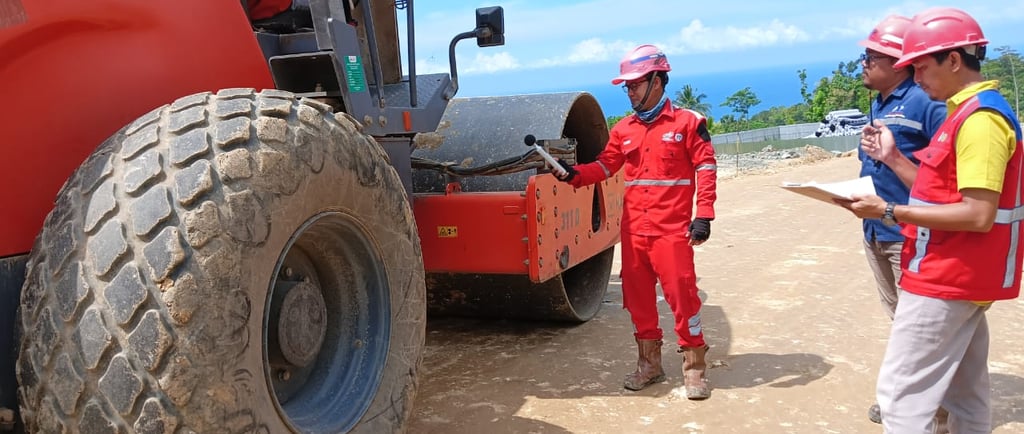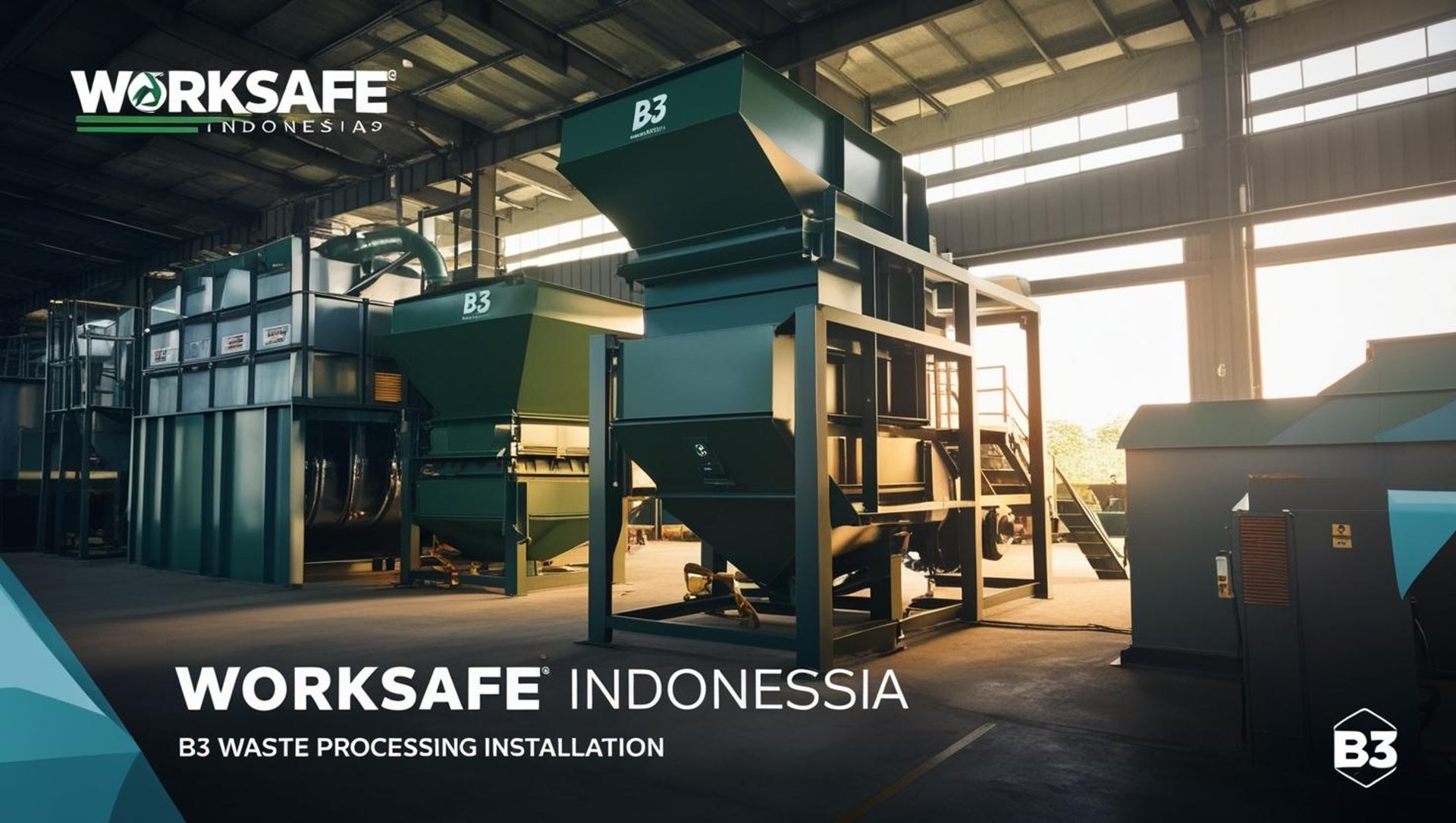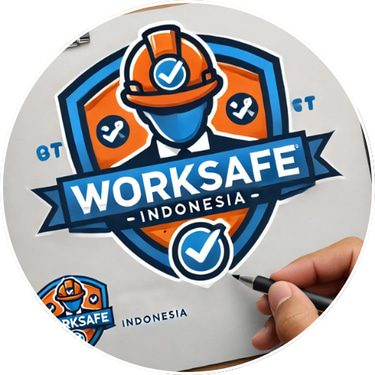
Promoting All About Safety, Health and Environmental
Noise Hazards at Work & Associated Health Risks
High noise isn’t just a nuisance it can permanently damage hearing, raise stress levels, and increase heart disease risk
SAFETY
Septian Indra
7/19/20252 min read


Noise Hazards at Work & Associated Health Risks
“High noise isn’t just a nuisance—it can permanently damage hearing, raise stress levels, and increase heart disease risk.”
🔊 1. Silent Threat: How Noise Impacts Health
Permanent hearing loss (Noise‑Induced Hearing Loss, NIHL) occurs with prolonged exposure at or above 85 dB for 8+ hours; this damage is irreversible and cannot be cured by surgery or hearing aids (Osha).
Non-auditory effects like stress, heart disease, and hypertension are strongly linked to long-term noise exposure (PMC).
Chronic noise also triggers psychological issues: stress, anxiety, sleep disturbances, reduced concentration, and higher accident risk due to missed alarms or warnings (Seven Bel).
📊 2. Evidence – Why 85 dB Is the Critical Limit
Occupational safety standards (NIOSH, OSHA) set 85 dB as an action level—above this, exposure must be reduced or protective measures implemented (CDC).
Numerous studies confirm that noise exposure above 85 dB significantly increases the risk of permanent hearing loss (AIP Publishing).
Example: In the US and Europe, workers exposed over 90 dB frequently experienced measurable hearing loss within just a few years (PMC).
🛡️ 3. Recognizing Symptoms & Workplace Safety Risks
Early signs: tinnitus, ear pain, difficulty understanding speech, needing to shout to communicate.
These impairments lead to increased safety hazards—workers may miss alarms or verbal warnings, increasing the chance of accidents (CDC, Osha).
🧩 4. Effective Noise Control Strategies
a. Engineering & Administrative Controls
Use quieter equipment, machine enclosures, acoustic insulation, rotate employees to limit exposure (Osha, Osha).
Conduct regular noise audits and benchmarking to monitor compliance.
b. Hearing Conservation Programs
Comply with OSHA’s requirements: initiate conservation programs at 85 dB TWA, including annual audiometric testing (Osha).
Perform fit-tests to ensure earplugs or earmuffs are worn correctly for optimal protection (Wikipedia, Wikipedia).
c. Proper Use of Personal Protective Equipment (PPE)
Provide certified earplugs or earmuffs that reduce noise below 85 dB (Wikipedia).
Educate workers about correct usage, maintenance, and comfort for consistent compliance.
🎯 5. Benefits for Companies & Workers
Strategic Benefits Consequences If Ignored Healthier, more productive workforce Higher rates of irreversible hearing damage Lower insurance costs and fewer injury claims Rising compensation payouts Strong safety reputation & regulatory compliance Legal risks, decreased stakeholder trust
📌 6. Conclusion
Workplace noise exceeding 85 dB is a serious hazard—not only to hearing but to overall health and operational safety. Proactive measures like noise control, proper PPE, and structured hearing conservation programs are essential.
Worksafe Indonesia offers:
Noise assessments and exposure monitoring
Custom hearing conservation programs
PPE training and fit-testing support
Health monitoring and compliance auditing
Worksafe Indonesia – Keep Safe, Be Safe !!
Your partner for a healthy and productive workplace.
📧 septianindra@worksafeindonesia.com
🌐 www.worksafeindonesia.com
📱 +62 812‑1415‑0063

